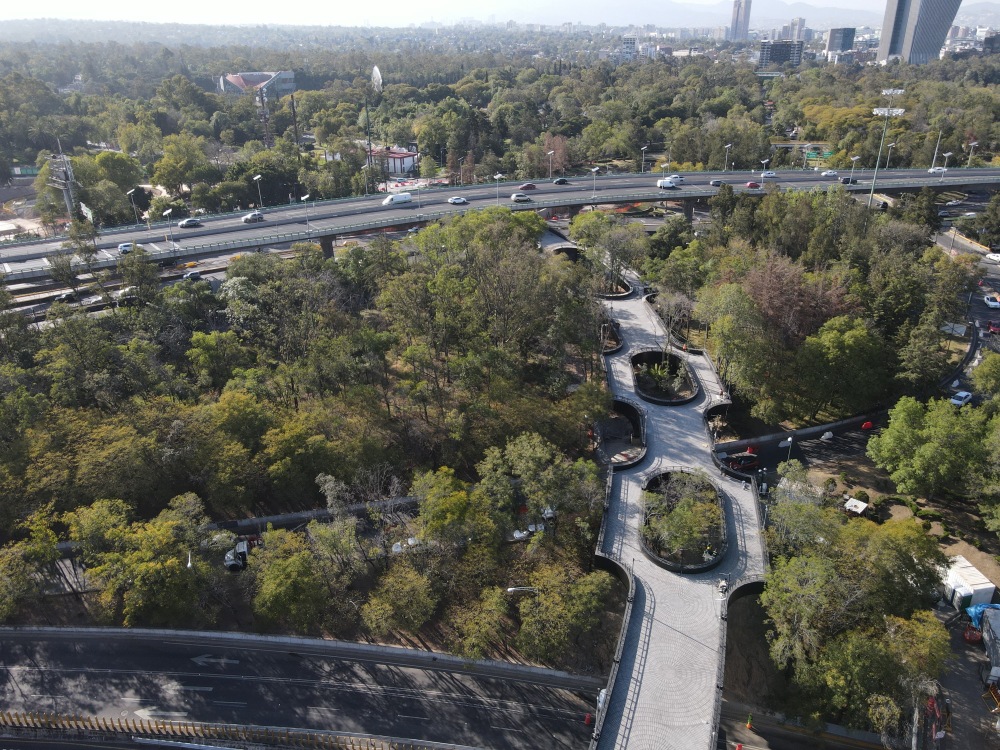
No. The American philosopher John Dewey has already shown that art is not a realm detached from the everyday, and certainly not an abstract one. On the contrary, art draws from life, it condenses it, and lives by the principle that all human creation is based on shared experiences. From this perspective, art does not appear as something that only belongs in museums, but as part of us, having its place and legitimacy everywhere. One who has particularly translated this view consistently into his work is the Mexican artist Gabriel Orozco. When invited thirty years ago by the Museum of Modern Art in New York to hold a solo exhibition, he extended it to the streets around the museum by asking residents to put oranges in their windows. His artwork was thus everywhere, shared by all and visible from everywhere.
On a significantly larger scale, Orozco has now expressed the unifying aspect of art in Mexico City. Commissioned by Mexican President López Obrador, he developed a master plan to integrate the many previously separate areas of Chapultepec Park. Orozco planted many trees in the area, which is larger than Central Park and includes a zoo, botanical gardens, and a cemetery. He also built a spectacular bridge covered with trees that spans a previously dividing highway. Of course, he did not do all of this alone but worked with a team of landscape planners and architects, including Mauricio Rocha, who contributed some particularly magnificent buildings to the area—a university, a cinema, and an open archive.
Orozco has transformed a disparate area into an organic whole, a designed and surprisingly harmonious interplay of vegetation, humanity, and architecture, thereby contributing to what John Dewey referred to as the essence of the artwork: an intensified form of experience. A crucial inspiration for him was a Swiss man: the geneticist Ernst Götsch, originally from Raperswilen TG, who operates an experimental farm in Bahia, Brazil, and is considered the inventor of syntropic agriculture. Götsch understands this as a planting method in which flora and fauna fertilize each other and help each other thrive. Because in art, as in nature, we all share the same habitat.
—Hans Ulrich Obrist